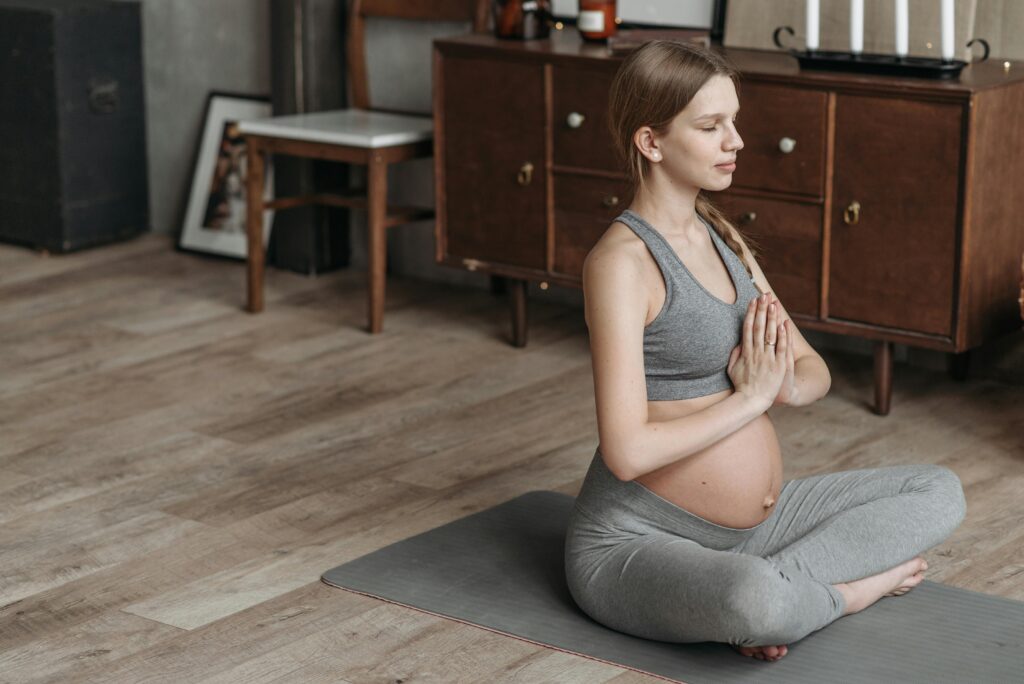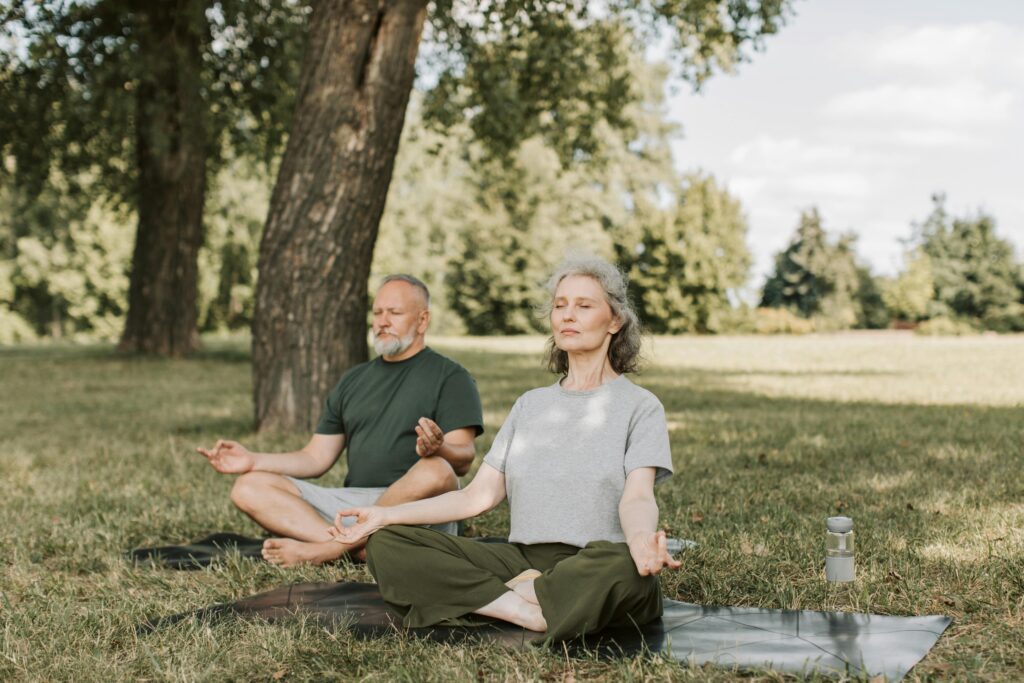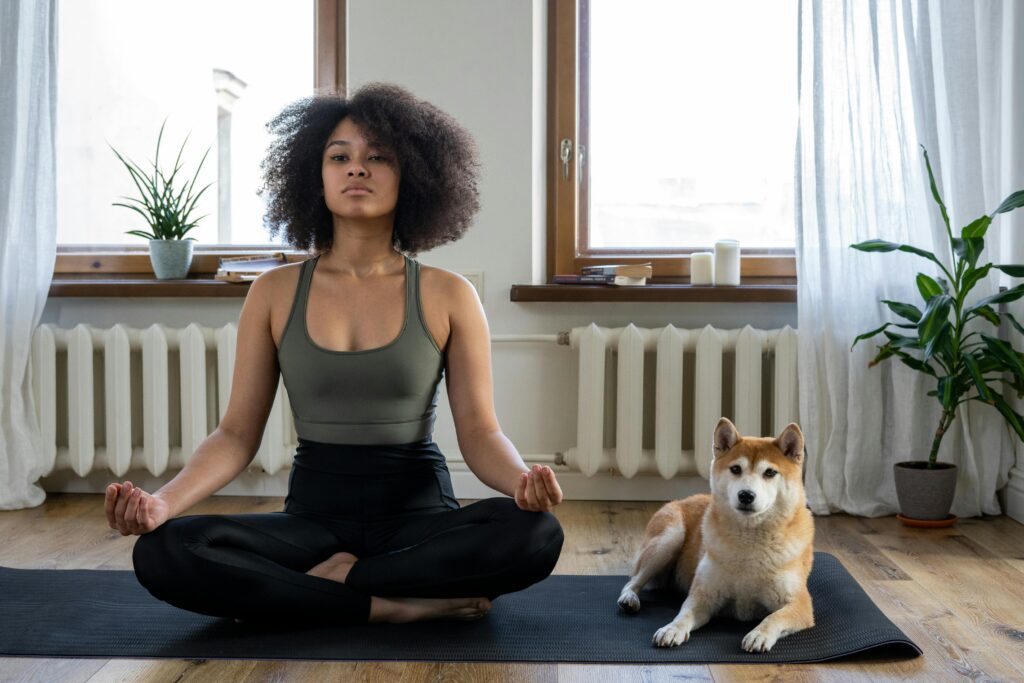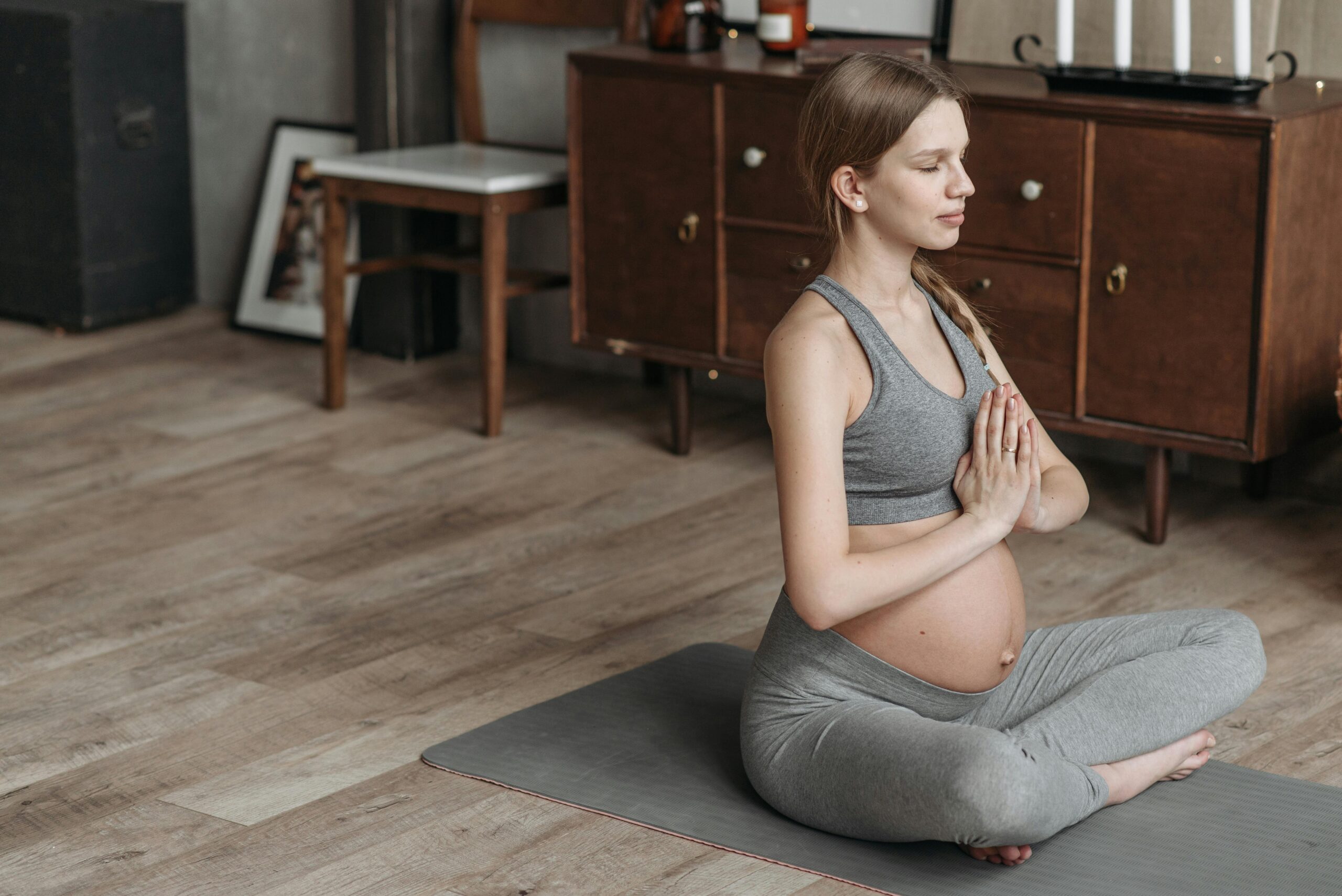Introduction
In the chaos of modern life, finding moments of peace and tranquility can be challenging. Meditation offers a pathway to inner calm, mental clarity, and emotional balance. In this comprehensive guide, we will explore various meditation techniques, their benefits, and how you can incorporate them into your daily routine to achieve a state of serenity.
Understanding Meditation
Meditation is a practice that dates back thousands of years, originating in ancient cultures as a way to deepen understanding of the mind and achieve enlightenment. Today, meditation is widely practiced for its numerous health benefits, including stress reduction, improved concentration, and enhanced emotional well-being.

Benefits of Meditation
The benefits of meditation are vast and well-documented. Regular practice can lead to reduced stress and anxiety, improved emotional health, increased self-awareness, enhanced concentration, and a greater sense of overall well-being. Additionally, meditation has been shown to lower blood pressure, improve sleep, and boost immune function.
Types of Meditation Techniques
There are several types of meditation techniques, each with its own unique approach and benefits. Some popular techniques include:

- Mindfulness Meditation: Mindfulness meditation is about being fully present in the moment, paying attention to your thoughts, emotions, and sensations without judgment. The goal is to observe these experiences as they arise, acknowledging them without getting caught up in them. This practice can help you develop a greater awareness of your mind and body, leading to increased clarity and peace.
- Transcendental Meditation: Transcendental Meditation (TM) is a technique where you silently repeat a mantra—a word, sound, or phrase—to yourself. The mantra acts as a focal point, helping to quiet the mind and enter a state of deep relaxation and heightened awareness. TM is practiced for 15-20 minutes twice a day, and its proponents believe it can lead to profound personal transformation.
- Loving-Kindness Meditation: Loving-kindness meditation, also known as Metta meditation, involves cultivating feelings of love, compassion, and goodwill towards oneself and others. Practitioners typically start by directing these feelings towards themselves, then gradually extend them to loved ones, acquaintances, and eventually to all beings. This practice can help foster a sense of interconnectedness and reduce feelings of anger, resentment, and judgment.

4. Body Scan Meditation: Body scan meditation is a practice where you systematically focus your attention on different parts of your body, starting from your toes and moving up to your head. As you scan each body part, you observe any sensations—such as tension, warmth, or tingling—without trying to change them. This technique can help you become more aware of and release physical tension, promoting relaxation and a deeper connection to your body.
5. Guided Visualization: Guided visualization involves imagining a peaceful and calming scene or experience. A guide, either in person or through a recording, leads you through the visualization, describing sensory details and encouraging you to immerse yourself in the scene. This practice can evoke feelings of relaxation, reduce stress, and enhance overall well-being by engaging your imagination and senses in a positive way.
Each of these meditation techniques offers unique benefits and can be practiced individually or in combination based on your preferences and goals. Experimenting with different techniques can help you find what resonates most with you and integrate meditation into your daily life for maximum benefit.

How to Meditate To start meditating?
find a quiet and comfortable place to sit or lie down. Close your eyes and focus on your breath, inhaling and exhaling slowly and deeply. If your mind wanders, gently guide it back to your breath. Start with short sessions of 5-10 minutes and gradually increase the duration as you become more comfortable with the practice.
Incorporating Meditation into Your Daily Routine To make meditation a habit, try to incorporate it into your daily routine. You can meditate first thing in the morning to start your day with a clear mind, or in the evening to unwind and relax before bed. Set aside a dedicated time and space for meditation, free from distractions, and make it a priority in your schedule.

Tips for a Successful Meditation Practice
- Start small and gradually increase the duration of your meditation sessions.
- Find a comfortable position that allows you to relax and focus.
- Experiment with different meditation techniques to find what works best for you.
- Be patient and gentle with yourself, meditation is a skill that takes time to develop.
Conclusion
Mastering serenity through meditation is a journey that requires dedication, patience, and practice. By incorporating these meditation techniques into your daily routine, you can cultivate a sense of inner peace and balance that will positively impact every aspect of your life. Start your meditation practice today and embark on a path to greater well-being and tranquility.
Additional resources:
Further reading:
- Top 10 Relaxation Techniques to Reduce Stress and Improve Sleep
- Effects of the Transcendental Meditation Technique on Trait Anxiety: A Meta-Analysis of Randomized Controlled Trials
- What Is Meditation? Proposing an Empirically Derived Classification System
Recommended products:
- doTERRA Lavender Essential Oil
- Young Living Chamomile Essential Oil
- Eucalyptus Oil Diffuser
- Gravity Blanket
- YnM Weighted Blanket
- Yogi Chamomile Tea
- Traditional Medicinals Bedtime Tea
- MZOO Sleep Mask
- LectroFan White Noise Machine
- Moleskine Mindfulness Journal




Leave a Reply